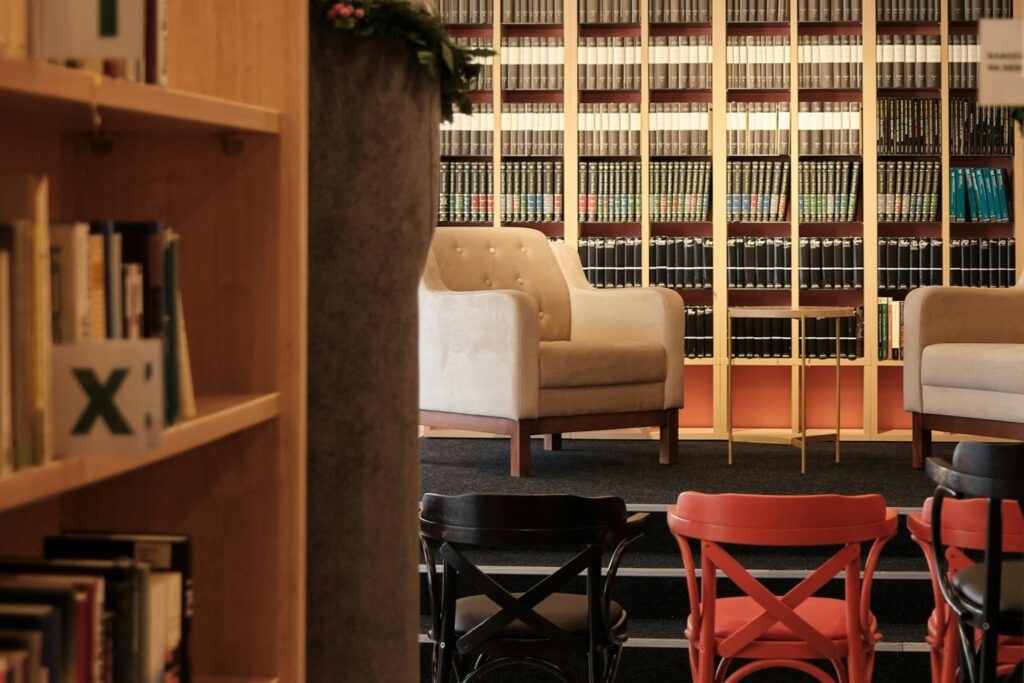It Wasn’t Her. It Was the Website.

It started with my aunt trying to book tickets and turned into a perfect example of how bad websites make people blame themselves.
Over the weekend, my aunt came to visit, and we had a wonderful time together. At one point, she had a task to do — booking tickets for a book festival. The tickets had just been released, and she didn’t want to miss out.
She sat at the dining table with her tablet, ready to go. She’d written a shortlist of all the sessions she wanted to attend and was set to pay.
I was pottering around doing other things and noticed it was taking her quite a while. I didn’t want to be that younger person swooping in to “fix the tech,” but she was starting to sound frustrated. So I asked if she needed a hand.
She immediately assumed it was her fault — that she wasn’t good with computers. And I, if I’m honest, assumed I’d fix it quickly.
The first red flag
She’d been logged out just by moving between pages. That shouldn’t happen. Once you’re logged in, you should stay logged in. It pointed to a behind-the-scenes issue — likely caching.
(Side note: I saw a tweet recently that said 50% of website errors are caused by caching. That tracks.)
Then it got worse
We logged in again, and I helped her select the sessions. Eight of them — each had to be added separately. I clicked “add,” then “continue shopping,” again and again.
Eventually, I went to the checkout — and the cart was empty.
I went back and tried again. This time, I noticed the default number of tickets was zero. So even if you hit “add,” nothing was actually added — unless you manually changed the quantity to one.
Which… why? Who adds zero items to a cart?
The site looked like it was working. But it wasn’t.
And even once we figured that out, the system only let us book one session at a time. She had to complete eight separate checkouts.
It wasn’t her fault
It was just so incredibly frustrating. And such a clear reminder that when tech goes wrong, people often blame themselves. They assume they’re too old or not tech-savvy enough.
But really, it was the website’s fault. The experience was broken because of choices made by the people who built it.
We’re in 2025
The web has been around for a long time. And yet, so many sites still prioritise looking fancy over being usable. I always say — I’ve never seen an “exciting” website.
Information can be exciting. Events can be exciting. But websites? They should be functional. They should be a pleasure to use. They should be easy.
Calm over clutter
I ran into the same thing again this weekend while doing some research. So many sites had pop-ups, cookie banners, and things sliding in from the side. Just noise everywhere.
We can do better.
We can make websites calmer, less overwhelming, and more focused on what people actually came for.
That’s part of the appeal of tools like ChatGPT, Grok, and Gemini — they get people to what they want without all the distractions and friction.
I miss when Google was like that, too. Simple. Clean. Just a box, and you searched.
People value simplicity.
A small suggestion
Next time you’re looking at your own website — I know there need to be ads and features — but is there anything you could simplify? Anything that’s getting in the way?
Maybe sit down with someone who’s not super techy and watch them try to find something. Just observe.
If it’s a recipe site, maybe they’re looking for something to cook for dinner. Then, cook from it. See what that experience is really like.
You might be surprised by what you learn.
